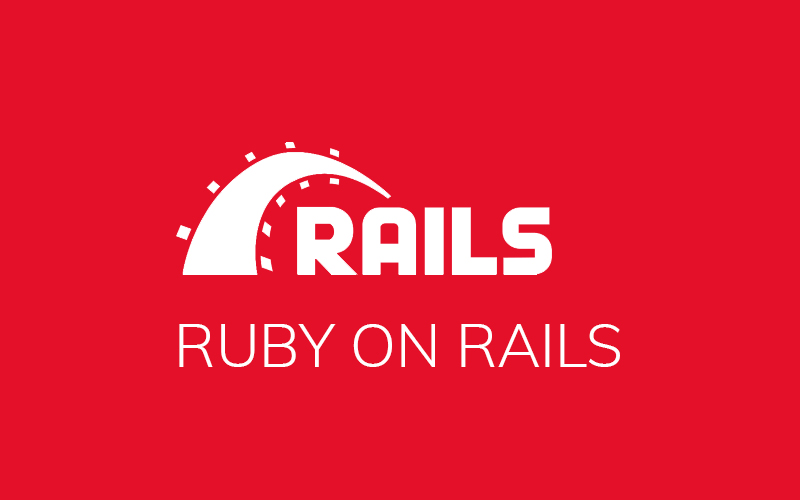Buzz Haven: Your Source for Trending Insights
Stay updated with the latest buzz in news, trends, and lifestyle.
Rails and Whales: Navigating the Ruby on Rails Ocean
Dive into the Ruby on Rails ocean! Discover tips, tricks, and secrets to navigate your coding journey with ease and confidence.
Exploring the Depths: Understanding MVC in Ruby on Rails
Model-View-Controller (MVC) is a design pattern that separates your application into three interconnected components, allowing for efficient code organization and improved maintainability. In Ruby on Rails, the MVC architecture ensures that the Model handles the data and business logic, the View manages the presentation layer, and the Controller acts as an intermediary between the Model and View. This separation not only enhances collaboration among developers but also facilitates easier testing and debugging of the application, making it an essential concept for anyone looking to harness the full potential of Rails.
When working within the Ruby on Rails framework, it's crucial to understand how these components interact. For instance, when a user makes a request, the Controller receives this input and communicates with the Model to fetch or manipulate data. Once the data is processed, the Controller will then pass it to the View for display. This streamlined flow can significantly enhance the user experience and performance of your application, so mastering the MVC paradigm is vital for any Rails developer.

Whale-Sized Performance: Optimizing Your Ruby on Rails Applications
When it comes to optimizing your Ruby on Rails applications, achieving whale-sized performance requires a multifaceted approach. One of the most effective methods is to reduce database queries. Utilize tools like Bullet to help identify N+1 queries and eliminate them. Implementing eager loading can also significantly enhance your application's efficiency. Additionally, consider caching strategies using built-in Rails caching mechanisms like ActionController::Caching and ActionView::Caching to store frequently accessed data and improve response times.
Another key factor in enhancing the performance of your Rails application is minimizing asset load times. Make sure to use the asset pipeline to concatenate and minify CSS and JavaScript files. Tools like Webpacker can help further streamline your asset management. It’s also beneficial to optimize images for the web and utilize a Content Delivery Network (CDN) to serve your assets efficiently across various geographical locations. By focusing on these strategies, you can ensure that your Ruby on Rails applications maintain a whale-sized performance that keeps users engaged and satisfied.
Taming the Ocean: Common Challenges in Ruby on Rails Development and How to Overcome Them
Taming the Ocean: Developing applications with Ruby on Rails can often feel like navigating through turbulent waters. Common challenges include handling database migrations, managing dependencies, and optimizing performance. Database migrations can become complex, especially with large datasets. To overcome this, it's essential to adopt a streamlined approach by planning migrations carefully and using tools like ActiveRecord for schema management. Furthermore, managing dependencies with gems can lead to conflicts or outdated libraries, which can hinder project progress. Regularly updating gems and relying on tools such as Bundler can help maintain a healthy ecosystem within your Rails application.
Performance optimization is another common hurdle that Rails developers face. As applications grow, response times can sluggishly increase, affecting user experience. To tackle this issue, consider implementing strategies such as caching with Memcached or Redis, which can drastically reduce load times by storing frequently accessed data. Additionally, employing background job processors like Sidekiq can delegate time-consuming tasks away from the user's request lifecycle. By proactively addressing these challenges, developers can create robust and scalable applications that effectively tame the ocean of Ruby on Rails development.